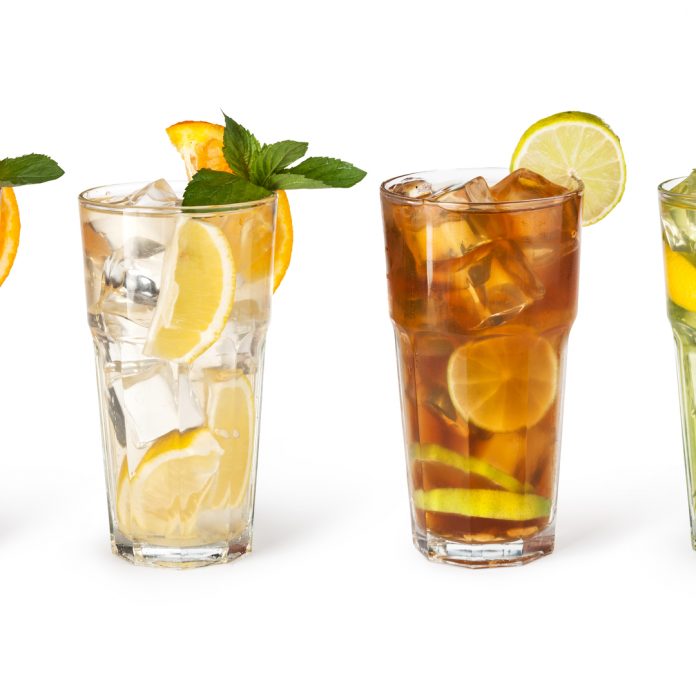When it comes to summer coolers, its no surprise that iced teas are the perfect choice. You can let your tastebuds get creative and experiment with your favourite tea, combine this with your choice of fruits, veggies, herbs and even spices. The result is a long cool drink that refreshes your mind and nourishes your body.
Here’s why iced teas are good for you. Teas are teeming with antioxidants due to their high amount of polyphenols and flavonoids, plus tea has super benefits for our mental and physiological health ; a bonus is the vitamins and minerals from the fruit, veggies and herbs, spices used, plus you control the sweetener you add, so go ahead and enjoy a guilt – free iced tea.
Let’s get to work on some combinations that you can try. Remember to choose fresh and natural ingredients, loose tea leaves and natural sweeteners rather than sugar.
Tea’s you can brew and drink cold include black teas like Assam, Oolong and Earl Grey. Matcha and first flush green tea leaves work well and white tea leaves also taste pleasantly sweet when cold.
Some popular flavours are – hibiscus, lemon, lime, orange, mango, berries, lemongrass and herbs like peppermint, spearmint, basil.
The internet will open up a host of exotic iced tea recipes that you can experiment with. Certain cocktails infuse teas to add a twist, so the options are open to your creativity. Generally speaking, there are 3 basic steps to follow and you’re done:
Step 1
First brew the tea of your choice with the correct water temperature and set aside to cool.
Step 2
Add your choice of flavours or juices – make them natural; lemon, mango, apple, pineapple, orange, rose and so many more…
Step 3
Refrigerate and enjoy with cubes of ice and toppings of herbs and fruits.
Lemon iced tea
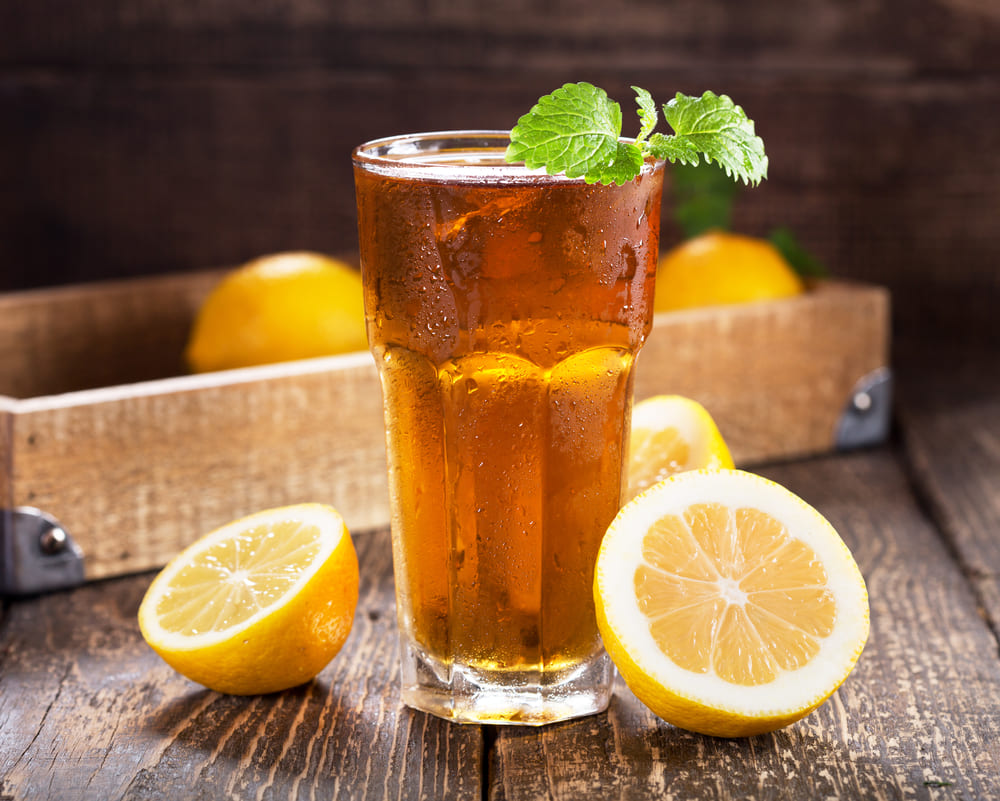
The most popular form of iced tea is the simple lemon flavour used with black tea. Add your sweetener of choice, garnish with crushed mint or basil and lime / lemon slices and some ice cubes if desired.
Lemongrass iced tea
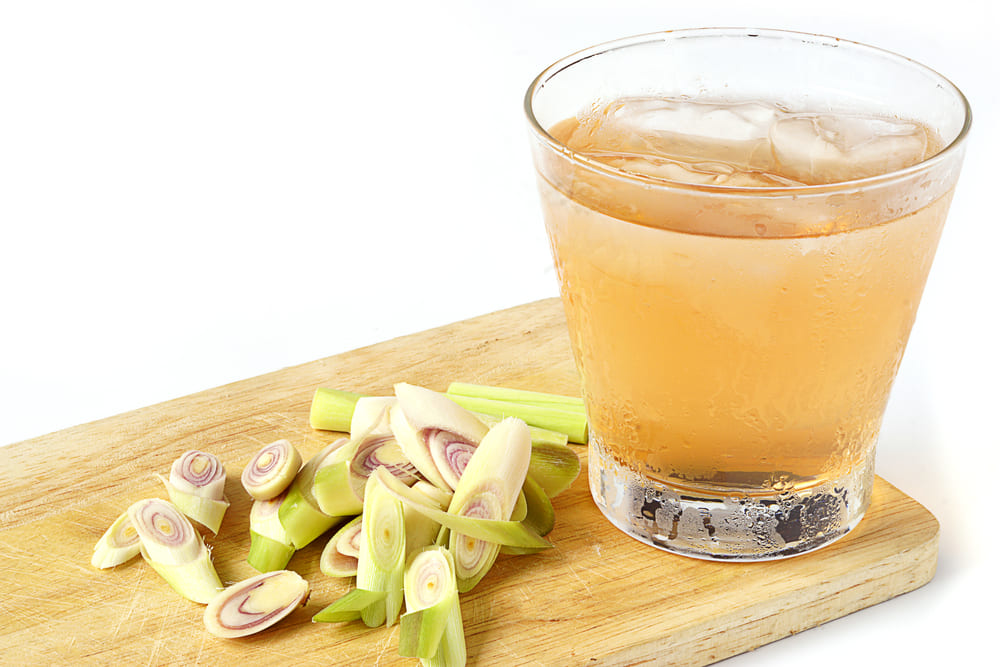
Brew a few stalks of fragrant lemongrass in water and let cool. Add this tisane to green or black tea leaves and some sweetener if you like. Top it up with lemon slices and enjoy chilled.
Hibiscus green tea
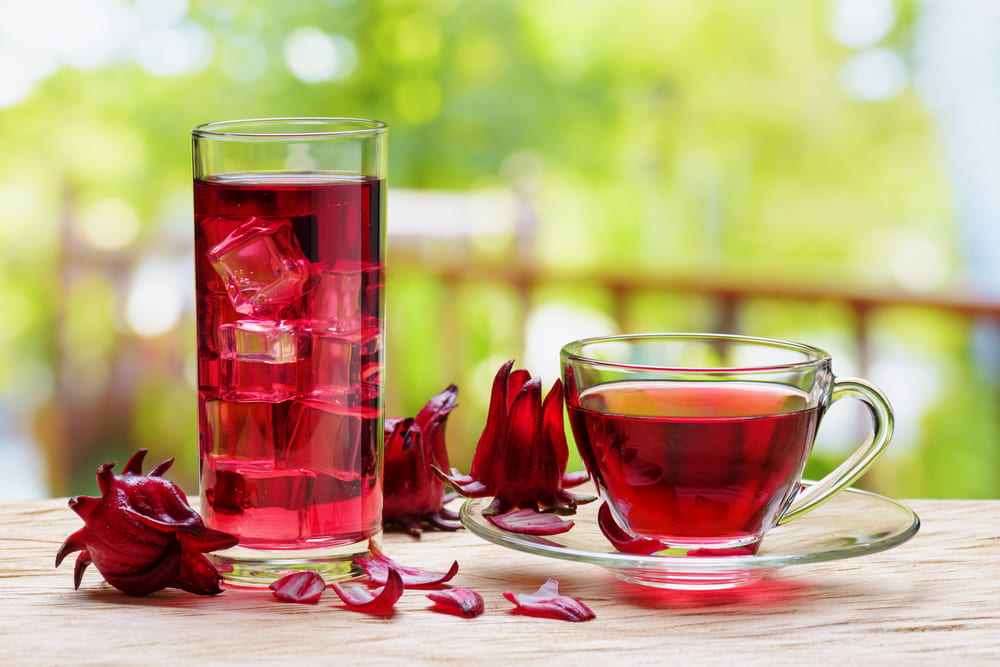
Brew the hibiscus tisane and keep aside. Add this to your green tea and refrigerate. Alternatively, there are brands which do a blend of green tea with dried hibiscus. The tartness of hibiscus is very invigorating and you don’t really find the need to sweeten this tea.
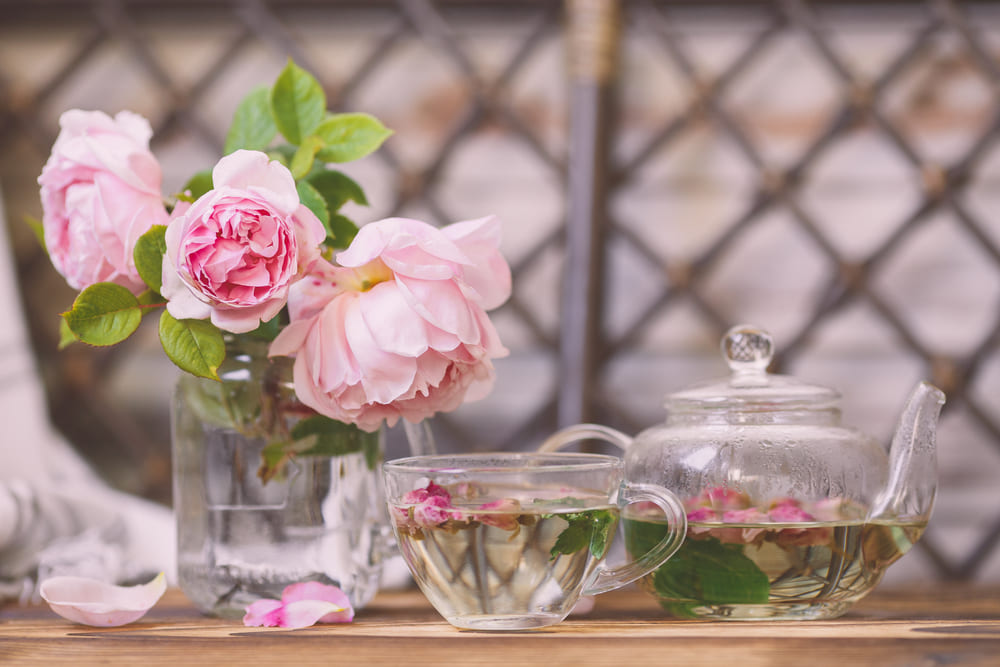
White tea is super special. Its dainty and subtle with a hint of sweetness. This makes it a perfect choice for a chilled drink. However, because of its delicate flavour, use ingredients that align with its subtlety like dried rose petals. By the way, this combination is great for retaining your youthfulness as well!
Green tea and apple juice

Brew your green tea and cool. Add apple juice, optional finely chopped apples and crushed mint and sprinkled cinnamon powder. Refrigerate and enjoy chilled.
Matcha latte
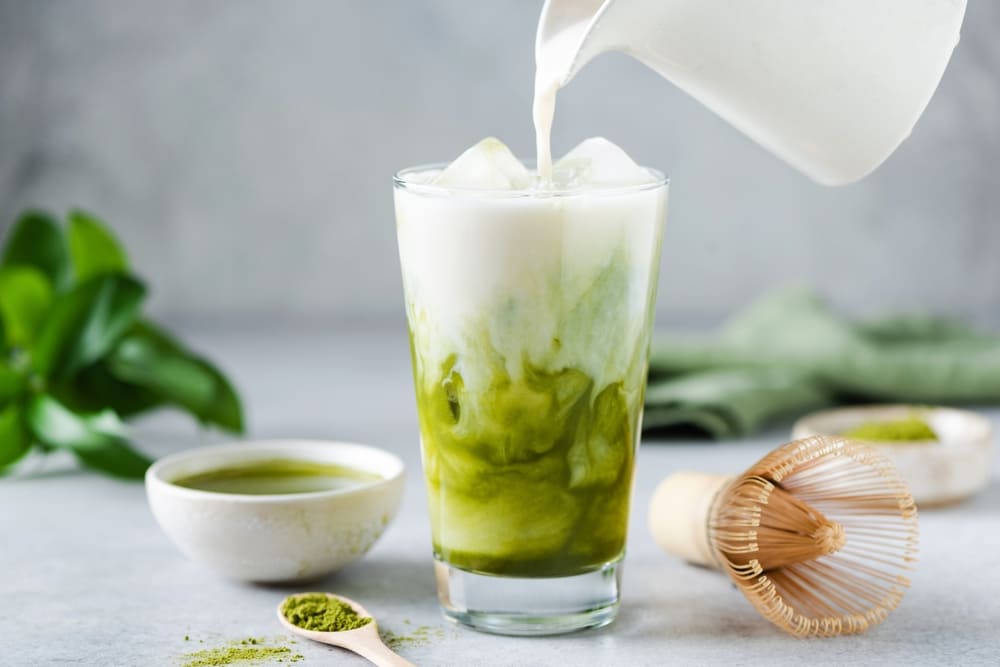
Ditch Starbucks and whip up your own matcha latte. This is the only iced tea that calls for your choice of milk (Dairy or non- dairy – almond, soy, coconut milk etc. can be used).
Blend a tablespoon of matcha powder, a dash of vanilla syrup or honey and 100 ml milk of your choice in a blender. Pour out into a glass, add some ice cubes if you wish, and enjoy!
The bonus is (depending on the sweetener and amount of it that you use) , all these teas help you manage your fat burn very effectively.
How about some kombucha?

Kombucha (also tea mushroom, tea fungus, or Manchurian mushroom) is a fermented lightly effervescent sweetened black or green tea drink commonly consumed for its health benefits.
Sometimes the beverage is referred to as kombucha tea to which flavourings, juices, spices, fruit are often added.
Kombucha is homebrewed globally, and also bottled and sold commercially.
Kombucha is produced by fermenting sugared black or green tea; using a symbiotic culture of bacteria and yeast (SCOBY), commonly called a “mother” or “mushroom”. Although the SCOBY is commonly called “tea fungus” or “mushroom”, it is actually “a symbiotic growth of acetic acid bacteria and “Zoogleal Mat” also called Biofilm or simply “Mother” because of its capacity to start cultures of bacteria and yeasts. The living bacteria are said to be a good probiotic, one of the reasons for the popularity of the drink
Numerous plausible or implausible health benefits have been claimed to correlate with drinking kombucha. The scientific evidence is scarce in support of the claimed health benefits, nevertheless it does you more good than harm – so go ahead and enjoy it if you like it.
Some words of caution: Kombucha has caused rare serious adverse effects possibly arising from contamination during home preparation; this is a point you need to be aware of. A challenge to brewing kombucha at home is that you are dealing with bacteria, which has the potential to be harmful. The SCOBY used to make kombucha contain living bacteria, which poses possible health risks. Mold can grow on the SCOBY for a variety of reasons, such as fermentation occurring at too high or low of a temperature, improper storage, or use of flavourings that encourage mold growth. This mold can cause allergic reactions or illnesses and can be poisonous. If there is mold on your SCOBY, throw out the SCOBY and the kombucha right away. Some people also report high alcohol content. The bottom line is that you can brew your own kombucha but be very careful while doing so.

Having said this, you can buy a good bottled kombucha which is another great summer tea cooler.



